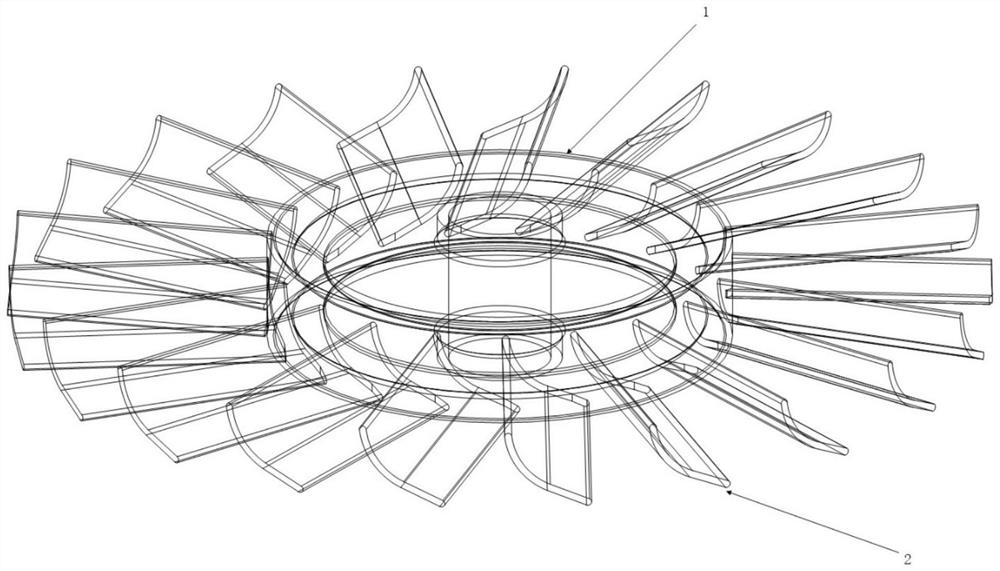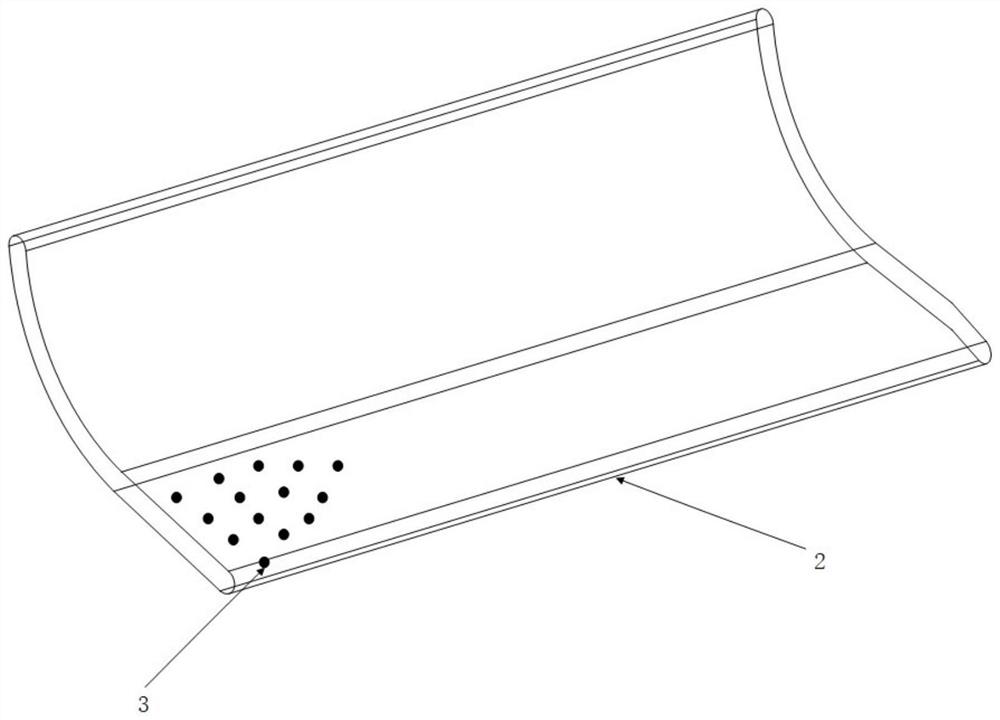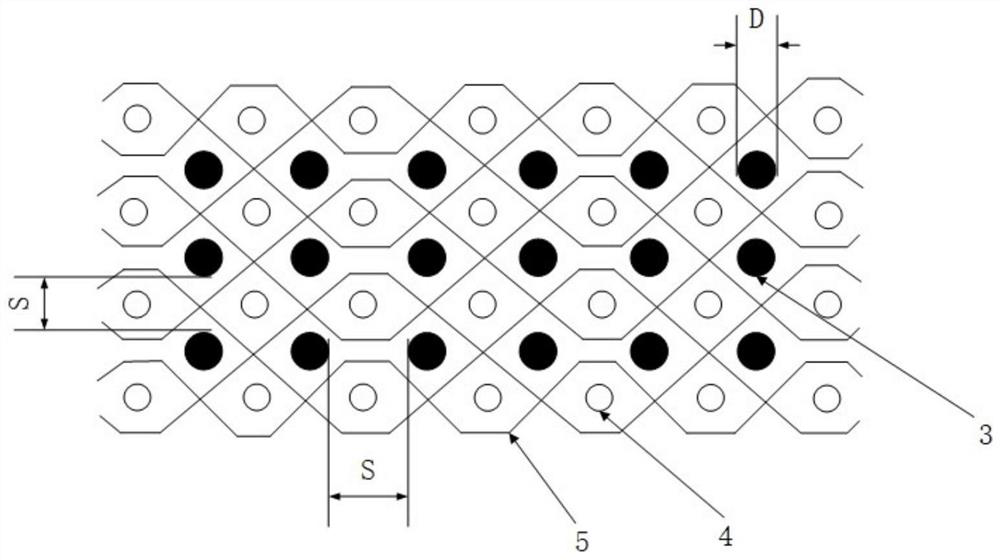A Boundary Layer Forced Transition Method for Low Pressure Turbine Based on Macroscopic Pore Structure
A pore structure, low pressure turbine technology, which is applied to the supporting elements of blades, machines/engines, mechanical equipment, etc., can solve problems such as shortening the service life of the engine, failure of composite materials, and decline in the mechanical properties of the hole edge, so as to reduce aerodynamic losses. , The effect of good fatigue resistance and strong structural designability
- Summary
- Abstract
- Description
- Claims
- Application Information
AI Technical Summary
Problems solved by technology
Method used
Image
Examples
Embodiment Construction
[0030] In order to make the technical problems, technical solutions and beneficial effects to be solved by the present invention clearer and clearer, the present invention will be further described in detail below in conjunction with the accompanying drawings and embodiments.
[0031] see Figure 1-8 , the low-pressure turbine boundary layer transition method in advance based on the macroscopic pore structure described in this embodiment, the steps include:
[0032] 1) Selection of prefabricated body parameters
[0033] The braiding angle of the braided prefabricated body is 25°-45°, the average fiber diameter is 9-15 μm, and the fiber volume fraction is 30%-45%. Superalloy materials require cooling system limitations, and thermal expansion coefficient matching can be considered for corresponding size adjustments. Considering comprehensively, the length of the airfoil of the low-pressure turbine blade 2 is designed to increase by 0.3% to 0.6% compared with the airfoil of the...
PUM
 Login to View More
Login to View More Abstract
Description
Claims
Application Information
 Login to View More
Login to View More - R&D
- Intellectual Property
- Life Sciences
- Materials
- Tech Scout
- Unparalleled Data Quality
- Higher Quality Content
- 60% Fewer Hallucinations
Browse by: Latest US Patents, China's latest patents, Technical Efficacy Thesaurus, Application Domain, Technology Topic, Popular Technical Reports.
© 2025 PatSnap. All rights reserved.Legal|Privacy policy|Modern Slavery Act Transparency Statement|Sitemap|About US| Contact US: help@patsnap.com



